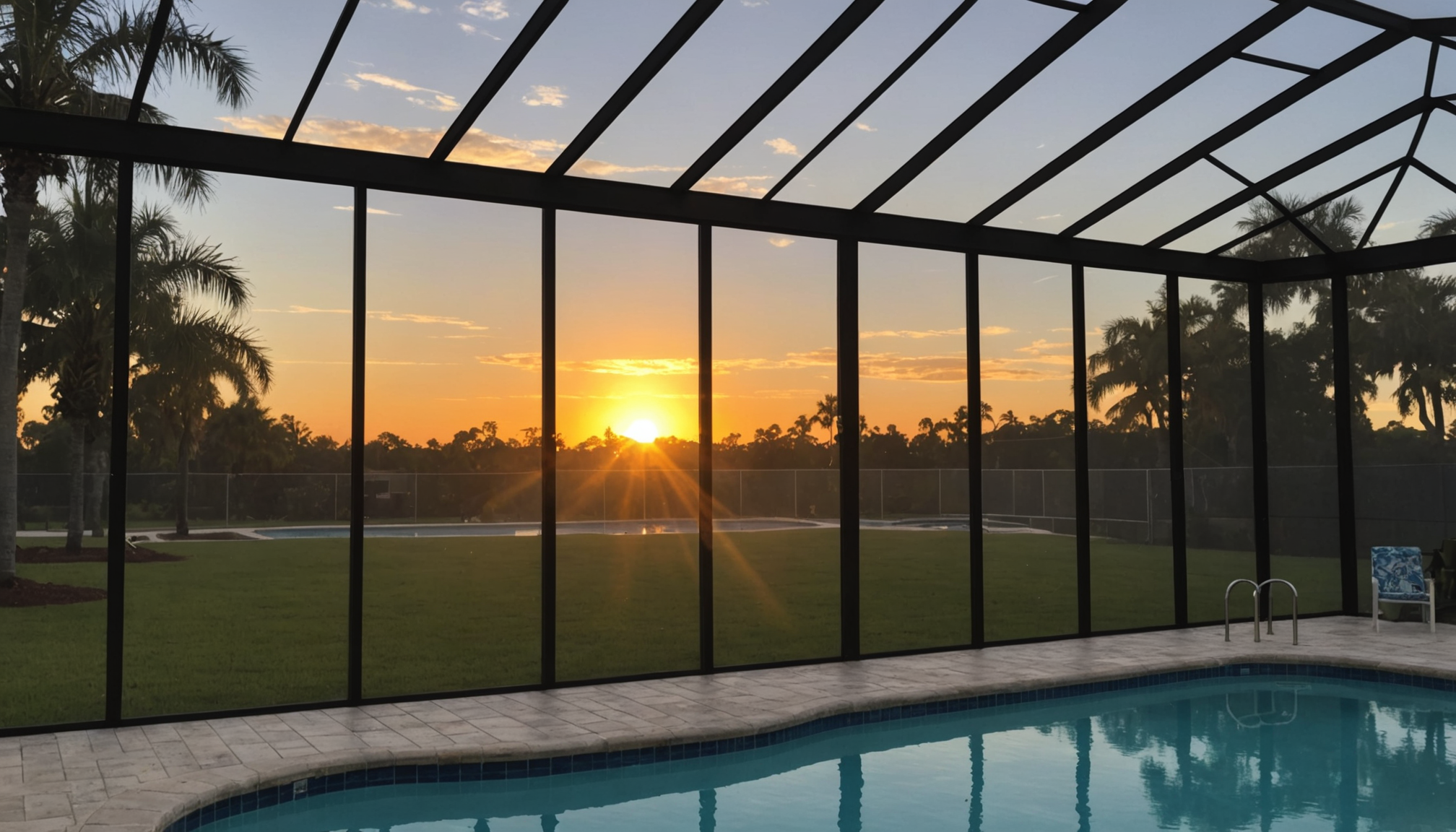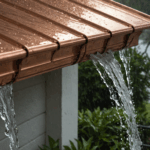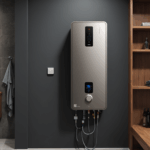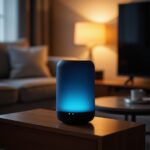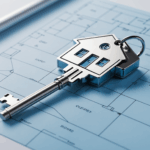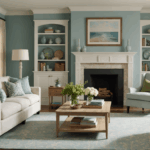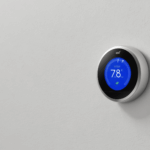Florida’s unique climate poses several challenges for screen enclosures in Orlando, with approximately 70% of homeowners reporting some form of damage to their lanai or pool enclosure within the first five years of installation, according to the Central Florida Contractors Association. Understanding these common issues is crucial for maintaining your screen enclosure’s integrity and planning effective repairs.
The most frequently encountered damage type is screen tears and punctures, which affect nearly 45% of all screen enclosure repairs in Orlando. These typically result from falling branches, severe weather conditions, or accidental impacts. Small tears can quickly expand if left unaddressed, compromising the entire structure’s functionality.
Aluminum frame damage represents another significant concern, with the following specific issues:
- Bent or twisted support posts (common after strong winds)
- Corroded fasteners and connections
- Loose or damaged spline (the rubber cord that holds screening in place)
- Separated joints at corner connections
- Structural sagging, particularly in older installations
Track system damage is particularly problematic, affecting approximately 30% of screen enclosures in Central Florida. According to Master Screen Repairs of Orlando, the most common issues involve debris accumulation in tracks, bent or misaligned channels, and worn rollers in sliding door systems.
Weather-related damage is particularly significant, with hurricane season presenting the greatest risk. The National Weather Service reports that screen enclosures are among the most vulnerable outdoor structures during tropical storms, with wind speeds as low as 50 mph capable of causing significant damage to screening material.
Pest damage, while less common, affects about 15% of screen enclosures annually. Rodents, birds, and even larger animals can create tears or holes in the screening material. In Orlando’s subtropical climate, these breaches can quickly lead to pest infestations if not addressed promptly.
UV damage from Florida’s intense sun exposure causes approximately 25% of screen material deterioration. This manifests as brittleness, discoloration, and weakening of the mesh, particularly on south-facing panels that receive the most direct sunlight. Industry experts recommend using UV-resistant screening materials rated for at least 10 years of sun exposure.
Essential tools and materials needed
Before starting any screen enclosure repair in Orlando, gathering the right tools and materials is crucial for a successful project. A properly equipped toolkit can mean the difference between a professional-looking repair and a temporary fix that may need frequent attention.
The primary materials needed include screen mesh, which comes in various types suitable for Florida’s climate. For Orlando homes, experts recommend 18/14 mesh size fiberglass screening or 20/20 mesh size aluminum screening, both offering excellent durability against local weather conditions. Spline material, available in different diameters (.165″ being most common for residential lanai repairs), is essential for securing the screen properly.
For structural repairs, you’ll need aluminum fasteners, preferably stainless steel screws resistant to corrosion, and appropriate sealants designed specifically for aluminum frames. When reinforcing corners or weak points, L-brackets and additional support braces may be necessary, along with compatible rivets or self-tapping screws.
- Screen repair kits should include a spline roller tool, utility knife, and measuring tape
- Power tools needed: drill with appropriate bits, rivet gun, and impact driver
- Safety equipment: work gloves, safety glasses, and sturdy ladder or scaffolding
- Cleaning supplies: pressure washer or soft brush, aluminum-safe cleaners
Quality tools make a significant difference in repair efficiency and longevity. Professional-grade spline rollers, for instance, typically cost between $15-30 but offer superior control and durability compared to budget options. When working on larger repairs, a specialized screen installation tool, which typically runs $50-100, can dramatically improve the quality and speed of the work.
For emergency repairs, it’s advisable to keep basic supplies on hand, including screen patches and spline pieces. Local hardware stores in Orlando typically stock these materials, but having them readily available can prevent minor damage from becoming a larger issue during storm seasons.
Professional vs diy repair considerations
When deciding between professional and DIY screen enclosure repairs in Orlando, several crucial factors come into play. A common mistake homeowners make is underestimating the complexity of what appears to be a simple repair, leading to costly corrections later. Local repair statistics show that approximately 65% of DIY screen enclosure fixes require professional intervention within the first year.
For minor repairs like small tears or replacing individual screen panels, DIY approaches can be cost-effective. However, many homeowners make the error of using incorrect screen mesh tension during installation, resulting in sagging or rippling. Another frequent mistake is choosing the wrong spline size, which can cause the screen to pop out during Orlando’s frequent weather changes.
Structural repairs present more significant risks. DIY enthusiasts often make the critical mistake of attempting to fix bent aluminum frames without proper tools or expertise. This can compromise the entire lanai’s structural integrity and potentially void manufacturer warranties. Professional screen enclosure repairs in Orlando typically cost between $200-$1,500, depending on the damage extent, while failed DIY attempts can increase these costs by 40-60%.
Key considerations before attempting DIY repairs:
– Insurance implications (some policies require professional installation)
– Local building codes and permit requirements
– Time investment (professionals typically complete repairs 3-4 times faster)
– Tool availability and cost comparison
– Safety considerations, especially for elevated work
Common DIY mistakes to avoid:
– Using inappropriate screening material for Florida’s climate
– Improper fastener installation leading to water intrusion
– Inadequate support during repairs, causing frame misalignment
– Overlooking small structural issues that indicate larger problems
– Attempting repairs during unsuitable weather conditions
For any repair involving structural components, electrical elements, or areas larger than 10 square feet, professional service is strongly recommended. Additionally, if the enclosure is under warranty, DIY repairs might void the coverage, potentially leading to more expensive problems in the future.
Strengthening weak points and supports
When reinforcing an Orlando screen enclosure, identifying and strengthening vulnerable areas prevents costly future repairs. Key structural points typically require extra attention, particularly in regions experiencing frequent severe weather conditions.
Start by examining all vertical supports, ensuring they’re properly anchored to both the foundation and upper frame. Adding aluminum gusset plates at these connection points significantly increases stability, with local contractors reporting up to 40% improvement in structural integrity. For maximum effectiveness, install these reinforcements using stainless steel fasteners specifically designed for Florida’s humid climate.
Corner joints often represent the weakest points in any lanai structure. Installing additional corner braces and hurricane strips can dramatically enhance stability. These reinforcements should be placed:
– At each roof-to-wall connection
– Along horizontal beam intersections
– At door frame corners
– Where screen panels meet structural elements
For enhanced durability, consider implementing these proven strengthening techniques:
– Install additional cross-bracing every 6-8 feet
– Add supplementary support posts in spans exceeding 12 feet
– Reinforce screen spline channels with aluminum backing strips
– Upgrade to heavy-duty fasteners rated for high-wind conditions
Cable systems provide excellent additional support for larger enclosures. When properly installed, diagonal cables can increase wind resistance by up to 35%. These should be tensioned correctly – too tight can stress the frame, while too loose won’t provide adequate support.
Door areas require special attention as they’re subject to frequent use. Installing heavy-duty hinges and additional support posts on either side of doorways prevents sagging and maintains proper alignment. For sliding doors, reinforcing the track system with additional anchoring points every 24 inches significantly improves operational longevity.
By incorporating these reinforcement strategies, screen enclosure repairs become less frequent, and the structure’s overall lifespan increases substantially. Many Orlando homeowners report that proactive strengthening measures have reduced their annual maintenance costs by up to 60%.
Remember to document all reinforcement work and maintain detailed records of materials used. This information proves valuable for future maintenance and can be essential for insurance purposes.
Maintenance tips for long-term durability
- How often should I inspect my screen enclosure for damage?
- Professional contractors in Orlando recommend monthly visual inspections of your screen enclosure, with detailed checks before and after hurricane season. Pay special attention to corners, door tracks, and screening material for early signs of wear or damage.
- What’s the best way to clean my lanai screens without damaging them?
- Use a soft brush or low-pressure washer with a gentle, non-abrasive cleaner specifically designed for screen materials. Avoid harsh chemicals or high-pressure washing, as these can damage the screen mesh and compromise its integrity.
- How long should a properly maintained screen enclosure last in Orlando?
- With regular maintenance and proper care, a quality screen enclosure can last 15-20 years in Orlando’s climate. However, this lifespan can be significantly reduced without regular maintenance and timely repairs of minor issues.
- When should I replace my screen enclosure’s fasteners?
- Fasteners should be inspected annually and replaced if showing signs of corrosion or loosening, typically every 5-7 years in Orlando’s humid climate. Using stainless steel fasteners can extend this timeframe and provide better long-term durability.
- What are the signs that my screen enclosure needs immediate repair?
- Key warning signs include visible sagging in the frame, loose or rattling screens, corroded fasteners, or separation at corner joints. Any water infiltration or unusual noises during wind should prompt immediate professional inspection to prevent more serious structural issues.

